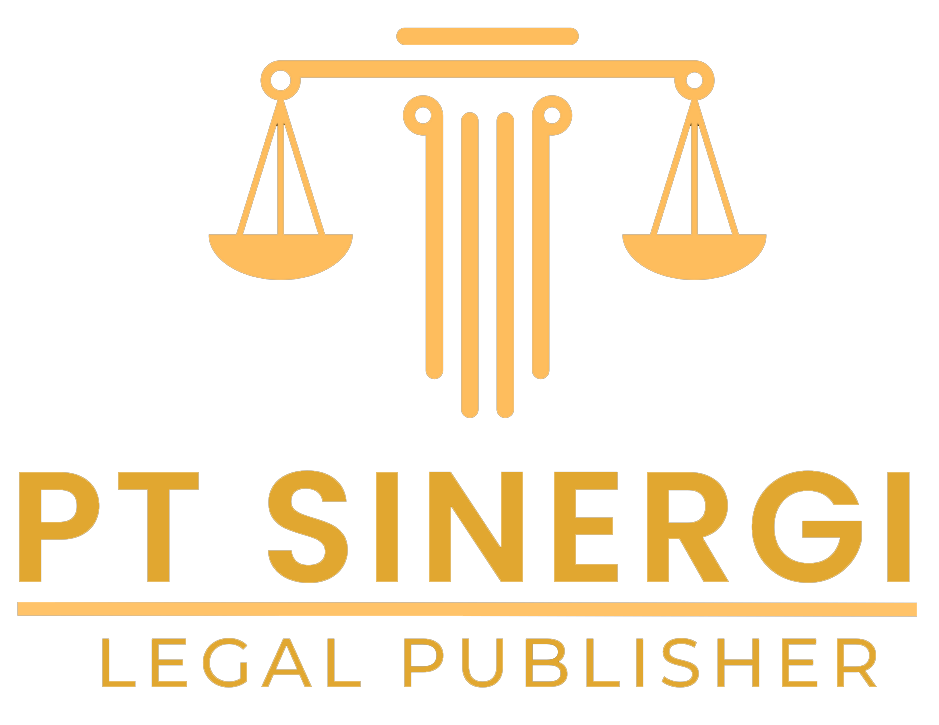THE STRENGTH OF DIGITAL EVIDENCE IN CYBERCRIME CASES JURISPRUDENTIAL ANALYSIS AND LEGAL IMPLICATIONS
Keywords:
digital evidence, cybercrime, criminal procedure lawAbstract
Cybercrime has pushed the criminal justice system to adapt to the reality of digital evidence. However, the Indonesian criminal procedure law system is not fully prepared to face this challenge. The Criminal Procedure Code has not explicitly recognized digital evidence as valid evidence, while the normative recognition contained in the ITE Law does not have the same procedural force as procedural law. This study aims to examine the legal position of digital evidence and analyze the jurisprudence of cybercrime cases in order to understand the strength of evidence and its impact on the rights of suspects. The research methods used are the normative legal approach and jurisprudence studies. The results of the study show that the disharmony between the ITE Law and the Criminal Procedure Code creates a legal vacuum in the management of digital evidence. Jurisprudence also shows substantial differences between decisions regarding the validity of digital evidence. The legal implications offered are the need to revise the Criminal Procedure Code, prepare technical guidelines for digital evidence, and provide technical training for law enforcement officers. This harmonization is important to ensure the principle of due process of law and procedural justice in cybercrime cases.
References
Dhadha, Tegar Pan, Laras Atika Rahayu, Dewi Sito Resmi, & Dora Kusumastuti. (2021). The Effectiveness of the Role of the ITE Law in Protecting and Maintaining All Cyber Activities in Indonesia. Legal Standing: Journal of Legal Science, 6(1), 40–48.
Federal Rules of Evidence. (2022). Rule 902: Evidence That Is Self-Authenticating. US Government Publishing Office.
Hasibuan, Aulia Rahman Hakim, Indra Utama Tanjung, & Kharisma Preety Queen Br Panjaitan. (2024). Legal Protection for Consumers from Defamation Crimes Due to Product Reviews on Social Media. In Law Synergy Conference Proceeding, 1, 337–344.
Ibrahim, Wan Nora Wan. (2021). An Empirical Study on Cybercrime: The Emerging Threat to Banking Sectors in Malaysia. Tun Abdul Razak University.
Lawalata, Jesylia Hillary, Juanrico Alfaromona Sumarezs Titahelu, & Julianus Edwin Latupeirissa. (2022). Restorative Justice Approach in Resolving Narcotics Crime Cases at the Investigation Stage. TATOHI: Journal of Legal Studies, 2(1), 91–112.
Constitutional Court of the Republic of Indonesia. (2016). Constitutional Court Decision No. 20/PUU-XIV/2016.
Nurdin, Merry Kurniawati, Chika Aurel Rivaldi, Novia Rahmadani, Hilyah Az Zahra, Andika Rayhan, & Putra Herang. (nd). The Role of Telematics Law in Resolving Cybercrime Cases. Journal of Law Students.
Rofiqoh, Anita Zulfiani. (nd). Examining the Phenomenon of Cybercrime in the Realm of Economic Criminal Law: Presenting New Challenges for Law Enforcement in the Digital Era. Journal of Legal Science.
Setiawan, M. Nanda. (2021). Criticizing the ITE Law Article 27 Paragraph (3) Viewed from the Socio-Politics of Indonesian Criminal Law. DATIN Law Journal, 2(1), 1–21.
Supriyono, R. Widodo. (2016). Indonesian Criminal Procedure Law. Jakarta: RajaGrafindo Persada.
Winarno, Wahyu Agus. (2011). A Study on the Electronic Information and Transactions Law (UU ITE). Journal of Accounting and Management Economics, 10(1).
Yam, Jim Hoy. (2022). Reflections on Mixed Method Research. EMPIRE, 2(2), 126–134.
Yoserwan, Yoserwan. (2023). The Existence of Customary Criminal Law in National Criminal Law After the Ratification of the New Criminal Code. UNES Law Review, 5(4), 1999–2013.
Law Number 11 of 2008 concerning Electronic Information and Transactions, as amended by Law No. 19 of 2016.
Budapest Convention on Cybercrime. (2001). Council of Europe Treaty Series No. 185. Council of Europe.
Downloads
Published
How to Cite
Conference Proceedings Volume
Section
License
Copyright (c) 2025 Hartana Hartana

This work is licensed under a Creative Commons Attribution-ShareAlike 4.0 International License.













